 This Ever New Self: Thoreau and His Journal
This Ever New Self: Thoreau and His Journal
"Henry David Thoreau (1817–1862) occupies a lofty place in American cultural history. He spent two years in a cabin by Walden Pond and a single night in jail, and out of those experiences grew two of this country’s most influential works: his book
Walden and the essay known as 'Civil Disobedience.' But his lifelong journal—more voluminous by far than his published writings—reveals a fuller, more intimate picture of a man of wide-ranging interests and a profound commitment to living responsibly and passionately. ..."
The Morgan Library & Museum
The Morgan Library & Museum: The Protester: April 1851, Etc. (Audio)
The Writings of Henry D. Thoreau
amazon: The Journal of Henry David Thoreau, 1837-1861
Gutenberg: The Project Gutenberg EBook of The Writings of Henry David Thoreau
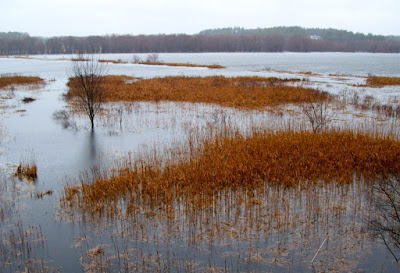 A Map of Radical Bewilderment - Daegan Miller
A Map of Radical Bewilderment - Daegan Miller
"Although he is now remembered mostly as a romantic nature writer, in his own time and place Henry David Thoreau was a highly trained, well regarded, disciplined though eccentric land surveyor. In the summer of 1859, he stood under a willow beside the Concord River contemplating a gash he had cut low in the tree’s trunk, to gauge the water level. In 22 miles the Concord fell only 32 inches — it was very nearly a pond — and any additional water heaved the river up and over its banks, before gravity’s current slowly siphoned it out to sea. Yet flooding wasn’t necessarily a problem. Indeed, the annual springtime deluge was the town’s lifeblood, because the waters always rolled back, leaving behind a thick, black, nutrient-rich muck spread all across the bottomlands, whose field grasses grew fat and sleek on nature’s bounty, perfect fodder for the farming town’s livestock. ..."
Places Journal
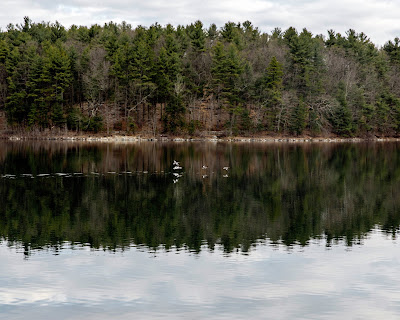 Lessons in Constructive Solitude From Thoreau
Lessons in Constructive Solitude From Thoreau
"During most of his life Henry David Thoreau was, by conventional standards of success, a failure. He rarely left the farm town of Concord, Mass., where he was born in 1817. There he was viewed by at least some of his neighbors as a marginal figure, standoffish, politically radical, a loner, a crank. As a member of the New England literary world he cut a graceless figure and had an inauspicious professional start. His first book, 'A Week on the Concord and the Merrimack River,' self-published in 1849, was a bust. He sold a mere fraction of its 1,000-copy press run. When the printer dumped the remainders on him, Thoreau stacked them up in his bedroom and wrote in his journal: 'I now have a library of nearly nine hundred volumes, over seven hundred of which I wrote myself.' ..."
NY Times
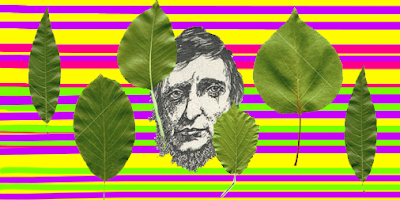 Against Everything: Thoreau Trailer Park
Against Everything: Thoreau Trailer Park
"...
This excerpt is taken from his concluding essay 'Thoreau Trailer Park - The Meaning of Life, Part IV', in which Greif reflects on Thoreau, public parks, and the Occupy Movement. It is hard to remember what Thoreau said because it is all so disturbing. It is easier on us to think of a thin man who erected a cabin with his own hands on the shores of a lovely pond. Thoreau deliberately didn’t build his cabin from scratch. He hacked a free timber frame from someone else’s trees, got friends to help him raise it, and recycled the rest from a laborer’s bivouac, buying cheap, for boards and roof, 'the shanty of James Collins, an Irishman who worked on the Fitchburg Railroad.' This was philosophical, with all its shortcuts and offenses. ..."
Verso
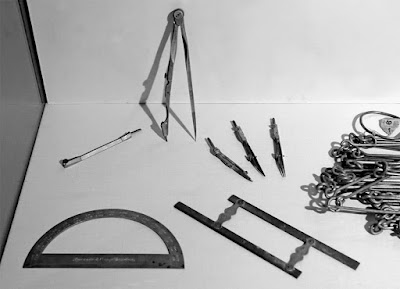 Thoreau: American Resister (and Kitten Rescuer)
Thoreau: American Resister (and Kitten Rescuer)
"When my father was in high school he worked summers as a lifeguard at Walden Pond. As a kid, I used to hang out there, bird-watching, reading from a slender volume of Henry David Thoreau’s journal and soaking up Transcendentalist vibes from the big glacial bowl of clear water ringed with firs and footpaths. Even off-season I wasn’t alone. Pilgrims kept turning up in search of Thoreau. The little cabin — he called it a house — that he’d built there in 1845, furnished with a green-painted pine desk, and lived in for two years, was long gone. But a cairn of loose stones marked the site, and each visitor would, by tradition, toss a fresh stone on the pile. Doing so gained you a little hit of Thoreau; a moral lesson (give, don’t take); and a sense that you’d added something to history. ..."
NY Times
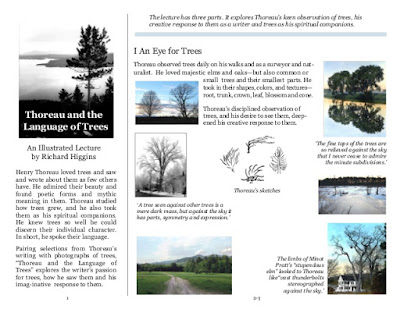 Thoreau and the Language of Trees
Thoreau and the Language of Trees
"In the fall of 1860, trees were at the center of Thoreau’s life. His long interest in how they live, grow, and propagate intensified after his lecture on succession on September 20, the acclaim for which gave him a rare bit of outside encouragement. He threw himself into forest history, measuring trunks, counting rings, and digging up the roots and shoots of trees with almost the same youthful zeal with which he had fathomed the bottom of Walden Pond years earlier. ..."
LitHub: VIA University of California Press Henry David Thoreau, Tree-Hugger
Thoreau on Nature as Prayer
amazon
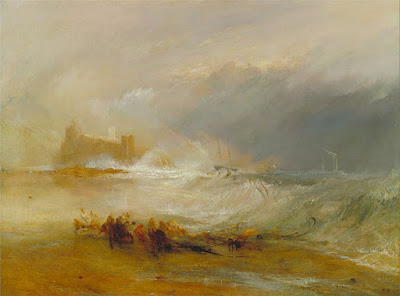 J.M.W. Turner: Wreckers—Coast of Northumberland, with a Steam-Boat Assisting a Ship off Shore, 1834
Walden on the Rocks - Ariel Dorfman
J.M.W. Turner: Wreckers—Coast of Northumberland, with a Steam-Boat Assisting a Ship off Shore, 1834
Walden on the Rocks - Ariel Dorfman
"The bodies are strewn everywhere along the beach. Burials are complicated because nobody knows the names of the dead—mostly women and children fleeing famine and poverty, trying to reach the land of plenty that has been promised to them but finding, instead, an early end in turbulent waters. Spectators gape at the debris from the recent shipwreck 'cracked up like an eggshell on the rocks,' while others go about their business. ... This scene of devastation and indifference seems torn from the latest headlines or photos from around the world, just one more group of refugees appearing fleetingly on our screens and in our consideration. ... The eyewitness referred to above, without whom we might not remember the incident at all, was none other than Henry David Thoreau. ..."
NYBooks
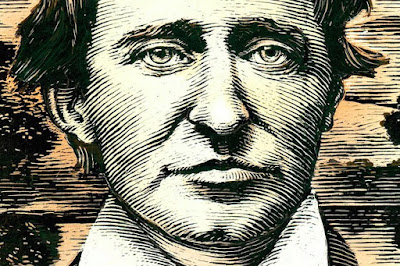 Everybody Hates Henry
Everybody Hates Henry
"In a prominent national magazine, there appeared an indictment of the late Henry D. Thoreau whose literary stock the indictment’s author judged to be grossly overvalued. It wasn’t just Thoreau’s writing that deserved a take-down; so did the man himself, if in Thoreau’s case one could even distinguish between the two. Thoreau was conceited, indolent, egotistical. Also: a failure, selfish, self-involved, useless, unimaginative, provincial. The indictment compared Thoreau to Montaigne—unfavorably; called him a sophist, a hypocrite, a humorless boor. ..."
New Republic
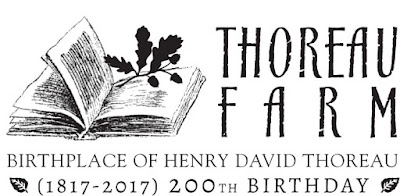 Thoreau Farm
Thoreau Farm
"... The picture they draw of life on Virginia Road provides a glimpse into early 19
th-century Concord farm life as well as into the mind of Thoreau, who valued the simplicity of Concord’s farmers in an age increasingly dominated by progress and machine.After the Thoreaus left, the farm went through several hands before it eventually became a tenant-farm in the latter half of the 19th century worked primarily by African-Americans and immigrants from Ireland, Nova Scotia, and Scandinavia. In 1878, the house was moved 300 yards down the road and a new house was built on the original site. ..."
About Thoreau Farm
Video
POLITICAL THEORY 5:47
CANOEING IN THE WILDERNESS - FULL AudioBook 2:39:39,
Walking Full Audiobook 1:28:52,
Life Without Principle 42:49
April 2020: Henry David Thoreau - I























































